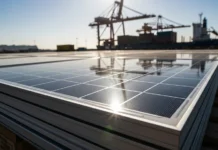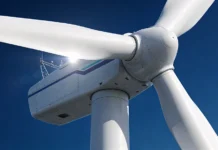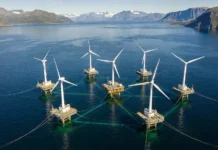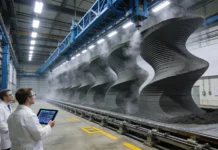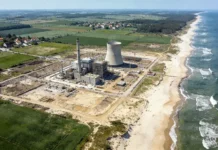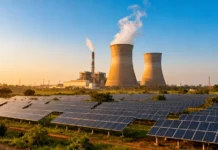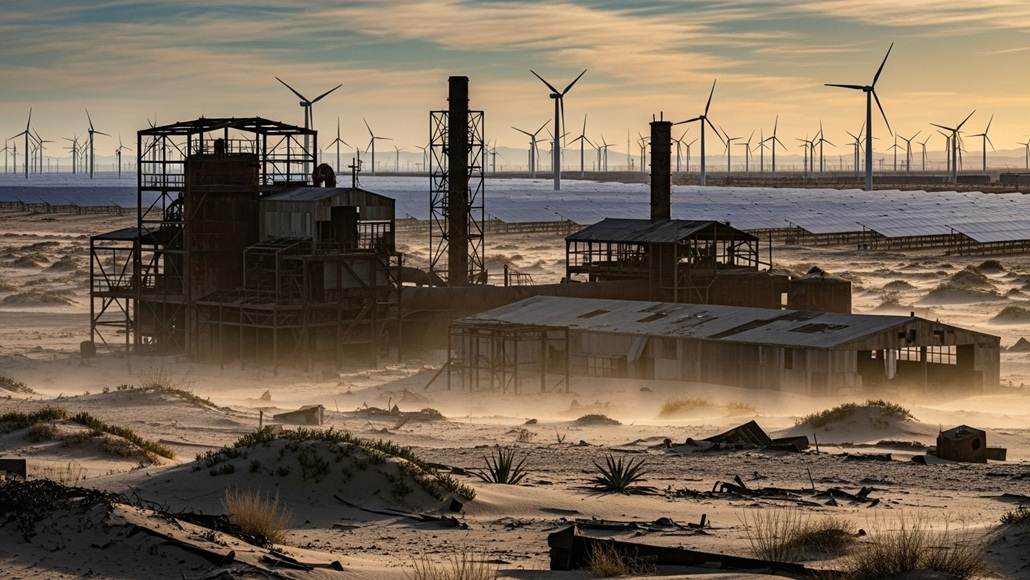Finland turned on the world’s largest sand battery this month. This will let people in Finland get rid of oil from their district heating network, which will lower emissions by about 70%. And if it continues working as well and inexpensively as it seems to be doing now, don’t be shocked if sand batteries start showing up all over the planet, including in your area.
Polar Night Energy, a Finnish firm, created the battery. It uses a kind of thermal energy storage by heating sand to very high temperatures using extra clean power. The sand keeps this thermal energy and releases it back to the grid as required to heat homes and power local businesses. This is not Finland’s first sand battery, but it is by far the largest. The breakthrough model at Pornainen, Finland is an insulated silo that is 13 meters tall and 15 meters wide. It houses 2,000 tonnes of soapstone that has been crushed into sand. The Cool Down says that the sand is “remarkably efficient at keeping its heat, losing only 10% to 15% from storage to recovery.”
According to a recent article from the World Economic Forum, the device can keep a huge 100MWh of energy for weeks at a time. This would be enough to heat the whole town centre even in the midst of a Nordic winter. The battery might still be as hot as 400º Celsius (752º Fahrenheit) when it releases its heat.
As the world’s energy systems rely more on variable energy sources like wind and solar, energy storage, particularly long-term energy storage, is becoming more and more important. When the sun is shining and the wind is blowing, energy storage may store extra energy and then send it back into the energy system when demand is higher than supply. Thermal energy storage might be a great approach to do this with reasonable ease.
While Finland’s newest sand battery was just fired up earlier this month, the cost-effectiveness and efficiency of the model are already turning heads. “Price-wise, it’s hard to imagine a cheaper energy storage system,” reports The Cool Down. “The pulverized soapstone inside Pornainen’s sand battery was discarded from a fireplace maker.” But as they say, one man’s trash is another man’s game-changing clean energy innovation.
TechCrunch says that the Finnish battery costs less than $25 for every kilowatt-hour of storage. In contrast, lithium-ion batteries, which are the most popular technology, cost around $115 per kilowatt-hour of storage. Also, lithium-ion batteries only keep energy for a few hours, not days or weeks. Also, the sand battery technology is very low-tech and uses recycled materials, so it doesn’t have the same supply chain problems as lithium-ion battery storage. Also, lithium is linked to renewable energy technology, however getting lithium out of the ground may be quite bad for the environment. Using cast-off crushed rock is a better choice since it is cheaper, better for the environment, and more accessible to everyone. It can be used in almost any setting and doesn’t depend on imports or fragile global supply networks.
Finland is the leader in making and using sand batteries, but other countries are now putting money into the technology. In April of last year, the Biden Administration’s Department of Energy said it will provide $4 million to pay for a pilot sand battery project at the National Renewable Energy Laboratory (NREL)’s Flatiron site, which is west of Boulder, Colorado. The NREL team has figured out that a system based on their concept that is big enough for businesses will be able to keep more than 95% of its heat for at least five days. Moreover, the team reported that “a targeted levelized cost of storage of 5¢/kWh could be achieved under a variety of scenarios,” according to PV Magazine. However, the fate of this project is not entirely clear under the new administration.



